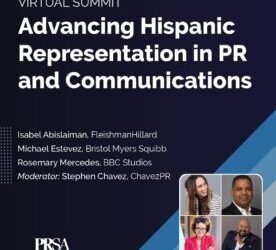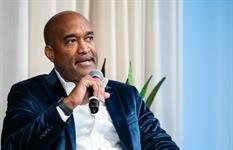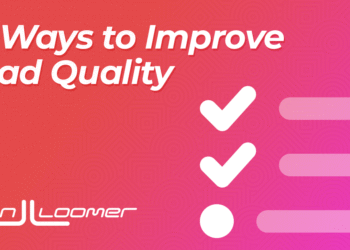
Going back to their roots and true social listening is boosting the brand.
For decades, KFC was the unquestioned king of chicken.
But the classic clucker now ranks as only the fourth most popular chicken restaurant in the U.S., behind Chick-fil-A, Popeyes and Raising Cane’s.
“Chicken — obviously, it’s never been hotter. And with that comes competitors, and the rest of the industry is really, really strong,” said Matt Prince, head of earned and social media at KFC. “So I think (KFC) had struggled in the past to keep up that relevance that they had for a really, really long time.”
But that very relevance that the brand has built over its nearly 100-year history has allowed them to begin their strategic comeback through a combination of respect for tradition and a willingness to break the rules.
The soul of the brand
“There is no such thing as a new idea,” Mark Twain once wrote. “It is impossible. We simply take a lot of old ideas and put them into a sort of mental kaleidoscope. We give them a turn and they make new and curious combinations.”
That concept inspired Prince when he joined KFC from Yum! Brands sibling Taco Bell, where he’d spent more than a decade.
“I consider it like an open-book test. All the answers are there for these brands — you just have to figure out where to find the answers,” Prince said. “For us, it was in this legacy brand. A lot of that was driven by Colonel Sanders — the fact that he was a real human, and he had a lot of swagger, flavor and spice. He truly drove that energy.”
But Sanders – and his style – had been absent from KFC’s advertising for years. But the Colonel is back in TV ads, his likeness is now the avatar for social media accounts, and his swagger is back in the company’s broader messaging and branding.
It’s the combination of history and feistiness that brought KFC’s most recent social media win, which broke the internet with two words and a single image.
HERE, DAMN. pic.twitter.com/nHt4dsooFX
— KFC (@kfc) August 11, 2025
Fans have clamored for the return of KFC’s potato wedges, which disappeared from menus about five years ago. And as Prince learned through social listening, they weren’t always polite about it.
“The tone was anger, impatience, passion,” Prince said. “We wanted to give it back to them the same way. So it was like, ‘Here, take it, leave us alone.’ Which is funny, because they never leave us alone. It’s always the next thing — ‘Thanks for the wedges, but now bring back honey barbecue.’”
The X post announcing the wedge’s return garnered 79 million impressions, to say nothing of the spread of screenshots across other social networks.
“One tweet got packaged and shared across platforms. Complex picked it up and ran it on Instagram,” Prince said. “Then it bounced around further. That’s just where social is right now. It was cool to see one piece of creative pop up in different parts of the internet.”
But Prince didn’t allow on organic social alone to spread the wedge news. In the days before the launch, he sent “the cheapest mailer we’ve ever done in the history of PR” to selected influencers and creators.
Select social media users received a box with a card reading, “No matter how you slice it, something big is coming.”
Inside, cradled in black silky fabric, was a real, raw potato with “8.18,” the date of the launch, stamped on the spud.
View this post on Instagram
“I don’t know if the social post would have done as well in isolation without those other components. Then you take that tweet and it becomes an asset we share, like other campaign assets,” Prince said.
It’s that blending of organic social media, influencer relations and earned media that gave Prince his somewhat unusual title. He’s working to break down traditional silos that exist between those disciplines to create a more holistic approach.
“One thing we’ve been doing is briefing our agencies together — social and PR agencies together — with one brief that covers out the entirety of the narrative or the comms plan, instead of siloing the work. That way the agencies are working more integrated. Smaller things like that have been really helpful,” Prince said.
While the social media work has racked up massive numbers of likes and shares, that isn’t the ultimate metric of success for KFC. In this case, there was no paid ads to support the launch. It was entirely earned and social, making it unusually clear that the work was driving results.
“I can’t share specifics, but when earnings come out in the next month or so, you’ll see a strong correlation with this work,” Prince said. “It’s amazing to see. That’s the dream. You don’t always get to connect the dots like that.”
If your organization doesn’t have a century of history, legacy and a spicy mascot to lean on, this campaign can still provide lessons.
“For brands, truly listen. Focus on consumer truths and a fan-first mentality, not brand-first. Good results will come.”
Allison Carter is editorial director of PR Daily and Ragan.com. Follow her on LinkedIn.
The post ‘HERE, DAMN’: How KFC is rebuilding its swagger appeared first on PR Daily.














